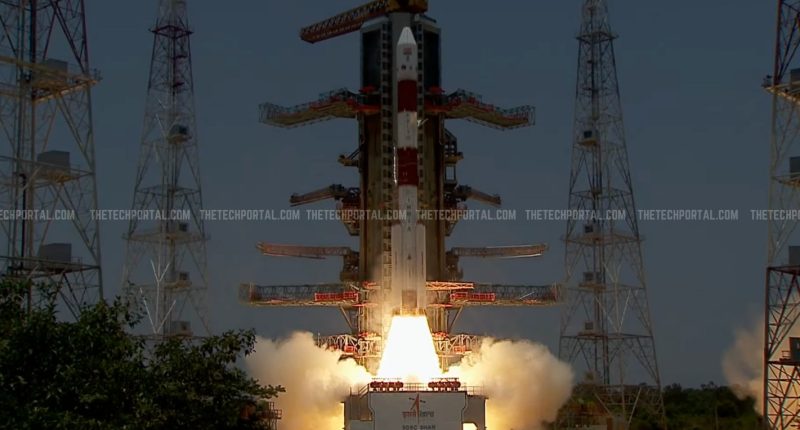In a monumental leap for India’s space exploration endeavors, the Indian Space Research Organisation (ISRO) announced the successful insertion of the Aditya-L1 spacecraft into a halo orbit around Lagrange point 1 (L1) of the Sun-Earth system.
Launched on September 2, 2023, aboard the Polar Satellite Launch Vehicle (PSLV-C57) from the Satish Dhawan Space Centre in Sriharikota, Aditya-L1 embarked on a journey marked by precision and scientific anticipation. The spacecraft’s initial elliptical orbit, measuring 235×19500 km, set the stage for subsequent maneuvers that would determine its final destination. “?????, ? ??? ??. ? ???? ??????? ?? ?? ???????????! Aditya-L1 has successfully entered the Halo orbit around the L1 point,” reads the post by ISRO insight on X.
?????, ? ??? ??. ? ???? ??????? ?? ?? ???????????!
Aditya-L1 has successfully entered the Halo orbit around the L1 point.#ISRO #AdityaL1Mission #AdityaL1 pic.twitter.com/6gwgz7XZQx
— ISRO InSight (@ISROSight) January 6, 2024
The halo orbit around L1, positioned approximately 1.5 million kilometers from Earth, offers distinct advantages for solar observation. Lagrange points, named after French mathematician Joseph-Louis Lagrange, are areas in space where the gravitational forces of two celestial bodies, in this case, the Earth and the Sun, nearly cancel each other out. Placing a spacecraft in a halo orbit at L1 ensures a continuous view of the Sun and allows for uninterrupted communication with ground stations. The success of the Aditya-L1 mission hinges on the precise execution of the Halo-Orbit Insertion, a maneuver that demands meticulous planning and control. The choice of a halo orbit amplifies the scientific objectives of the Aditya-L1 mission. This specific orbit provides a smooth Sun-spacecraft velocity change throughout the orbit, crucial for helioseismology. Additionally, being outside the Earth’s magnetosphere makes it suitable for in-situ sampling of the solar wind and particles.
The insertion process involved firing control engines for a short duration, adjusting the spacecraft’s speed and position to align with the requirements of the halo orbit. Beyond scientific exploration, the Aditya-L1 mission holds practical implications. By continuously monitoring the Sun, the spacecraft can offer early warnings about solar electromagnetic effects on Earth. This capability becomes vital for safeguarding satellites, power systems, and communication networks during solar storms.
ISRO’s achievement has not gone unnoticed by the global space community. NASA Scientist Amitabha Ghosh acknowledged India’s significant scientific progress, highlighting the country’s presence in crucial scientific domains. The successful insertion into the halo orbit positions India as a formidable player in the field of planetary science. “India is right now in most of the areas where it’s scientifically important. And then there is ‘Gaganyaan,’ which is the human space flight part, that is in the works right now. So, it’s been a tremendous stride for the last 20 years. Going from not having a planetary science programme to where we stand today, and particularly after the success of Aditya, it’s been a very remarkable journey.” Ghosh said. Prime Minister Narendra Modi lauded the success of the Aditya-L1 mission, recognizing it as a landmark achievement for India. In a statement, he acknowledged the dedication of the scientists involved in realizing this intricate space mission.
The Tech Portal is published by Blue Box Media Private Limited. Our investors have no influence over our reporting. Read our full Ownership and Funding Disclosure →






